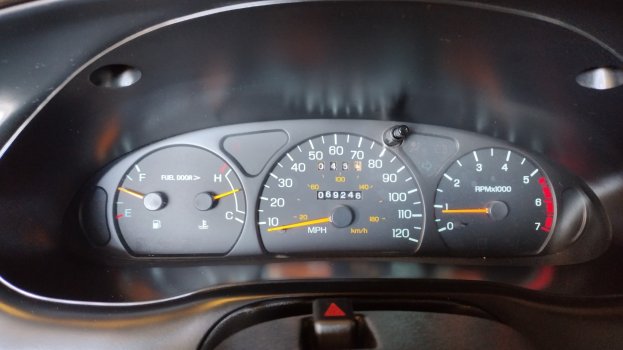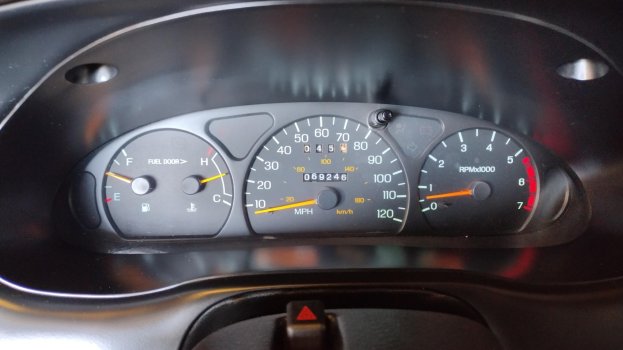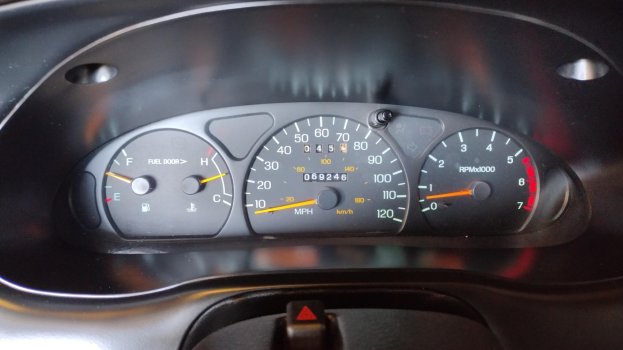NEURO
1st Gear Poster
- Joined
- Sep 22, 2023
- Messages
- 39
- Location
- Las Vegas, NV
- Vehicle Details
- 1997 Ford Thunderbird LX Sport with 4.6L V8
Hi all...
My 1997 Bird LX Sport 4.6L (69K miles) has recently developed a tremor while in any gear, except for Park. I say tremor, because it's not quite a typical rough idle.
I've been all over this board & TCCOA for the past couple weeks, reading all I can to learn more & diagnose this on my own...but I don't know enough to properly interpret the data & diagnose this, so I'm at an impasse and need advice from people who know more than I do.
Timeline of events and what's been done so far:
She also passed smog a couple months ago without an issue, before all the parts changes & tremor occurred. In fact, she's passed smog tests every year for her 27 years without any issues.
She's my baby and I love her...but I don't know what else to try/do to solve this tremor issue. There's no codes being thrown and I can't detect any obvious issues. I did a 'Live Data' & 'Print All Data' off my Autel 419 OBDII scanner on 04/26/2024 and have included the PDF's in this posting...but I don't know how to interpret this data or what to look for...so I'm asking for help to determine if the data looks good or something is amiss and what needs to be fixed/replaced.
If there's any questions, info, or clarity needed about something, please let me know and I'll respond ASAP.
Thank you, everyone.
Photos included are for pure Bird porn pleasure

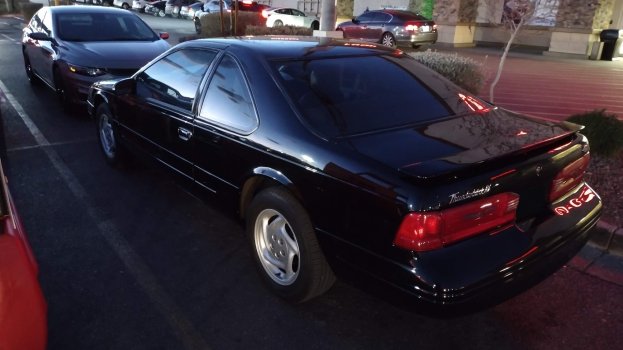
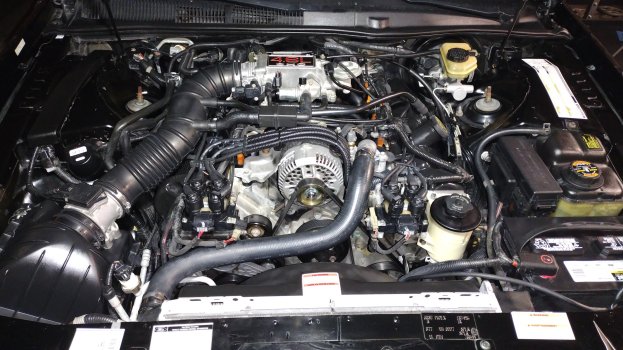
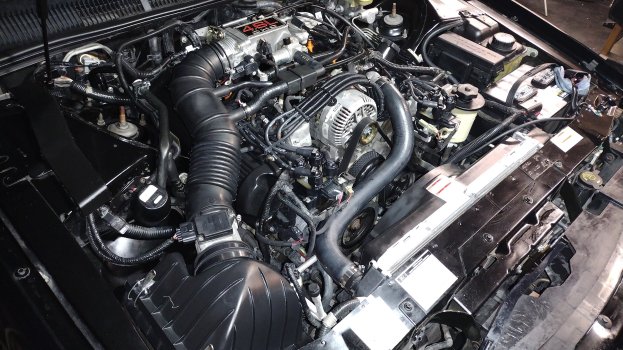
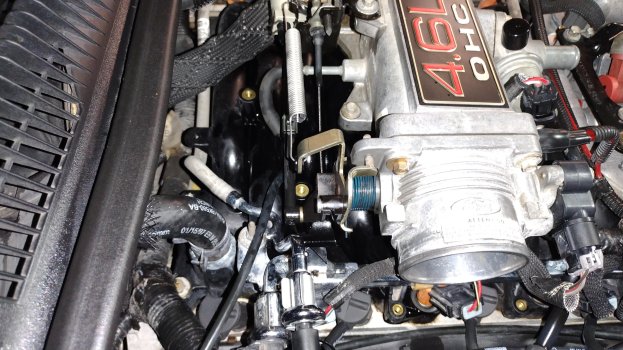
My 1997 Bird LX Sport 4.6L (69K miles) has recently developed a tremor while in any gear, except for Park. I say tremor, because it's not quite a typical rough idle.
I've been all over this board & TCCOA for the past couple weeks, reading all I can to learn more & diagnose this on my own...but I don't know enough to properly interpret the data & diagnose this, so I'm at an impasse and need advice from people who know more than I do.
Timeline of events and what's been done so far:
- There's no coolant or engine oil leaks and plug wells have always been bone dry.
- Intake manifold was replaced by Ford under the recall, around year 2000-ish. Never had an issue after the replacement.
- In February 2024, did a complete overhaul/replacement of the non-ABS/non-traction control brake system, because she was still running the factory brakes/calipers and getting spongy.
- Including this info, because don't know if related to tremor issue.
- Personally rebuilt all four calipers, replaced all four brake hoses, all disc pads, installed new (not rebuilt) master cylinder, and replaced all rotors with Motorcraft rotors. Never did brakes before and wanted to teach myself, using the 97 Ford Bird service manual as guidance.
- Bled the brakes with several quarts of Motorcraft/Prestone DOT 3...but brakes remain kinda spongy no matter what's been done.
- All the work & bleeding was later inspected by @supergordo (Gordon) who said everything looked great and also replaced the master cylinder & did more brake bleeding...but brakes are still soft/ spongy-ish.
- Car stops fine, but not the crisp & solid brake pedal feel you'd expect after throwing all that money & parts at it. Will address this again with Gordon in the near future.
- A few months ago, before brake job, CEL lit up with a P0301 code, Cyl#1 misfire. Pulled the plug and re-gapped it...cleared the CEL and all was fine after that.
- Shortly afterwards, decided to replace all the plugs with Autolite Double-Plats gapped to 0.052", as well as replace the wires and ignition coils with Motorcraft parts, due to age and growing scarcity of Motorcraft parts.
- Prior to plug change, the plug wells were clean, no debris, and bone dry with no coolant leaks...then blew out all the plug wells with a compressor and changed plugs/wires. Also, coated inside of plug wires with dielectric grease and torqued new plugs to spec.
- The car was always smooth, but after the parts change, she was silky smooth and happier.
- Disconnected battery and cleaned the throttle body and MAF with appropriate spray chemicals, never touching the MAF wire. The MAF is original, never been removed/cleaned before, but was spotless and looked new before I cleaned it.
- Later, cleaned & detailed the engine and engine bay with a couple cans of Gunk Engine Cleaner and a thorough hose down & drying, after disconnecting battery and wrapping & protecting the electronics & other sensitive parts. Pulled all plug wires and all wells were still bone dry.
- After this, engine still ran smoothly & beautifully.
- But a couple weeks later, she developed a slight tremor while in gear...not quite a rough idle, but the tremor is noticeable in the steering wheel. While in Park, idle increases like normal and the tremor seems to vanish or be hidden.
- While idling in the garage, I can hear that her 'breathing' seems odd; there's a barely perceptible & slight up and down in her idle speed humming, like a few RPM's difference every few seconds. A slow, rhythmic up & down in her RPM humming.
- But acceleration & performance are great...she goes like a bat out of hell...no issues at all...tranny shifts fine and engine is butter smooth under all driving conditions, except for the tremor in Park.
- Couple weeks ago, replaced all vac/emissions lines, according to the long-standing PDF on TCCOA that we all reference, plus a couple other lines. No change in tremor.
- Replaced the fuel filter with a new Motorcraft one. No change in tremor.
- Air filter is clean.
- PCV valve is clean & rattles.
- In Park, she idles around 800-ish. In Drive, she idles around 560-580-ish.
. - Disconnecting the MAF & IAC:
- Disconnecting the MAF results in the idle dropping & smoothing out a bit.
- Disconnecting the IAC results in a bit of momentary engine stumbling & rougher idle, but remains running.
- Disconnecting both the MAF & IAC results in momentary engine stumbling & rougher idle, but remains running.
She also passed smog a couple months ago without an issue, before all the parts changes & tremor occurred. In fact, she's passed smog tests every year for her 27 years without any issues.
She's my baby and I love her...but I don't know what else to try/do to solve this tremor issue. There's no codes being thrown and I can't detect any obvious issues. I did a 'Live Data' & 'Print All Data' off my Autel 419 OBDII scanner on 04/26/2024 and have included the PDF's in this posting...but I don't know how to interpret this data or what to look for...so I'm asking for help to determine if the data looks good or something is amiss and what needs to be fixed/replaced.
If there's any questions, info, or clarity needed about something, please let me know and I'll respond ASAP.
Thank you, everyone.
Photos included are for pure Bird porn pleasure





Attachments
Last edited:

